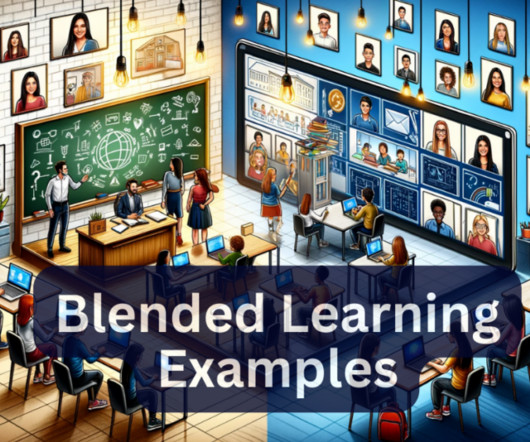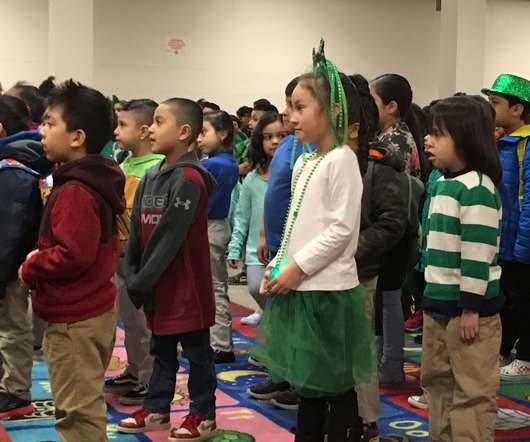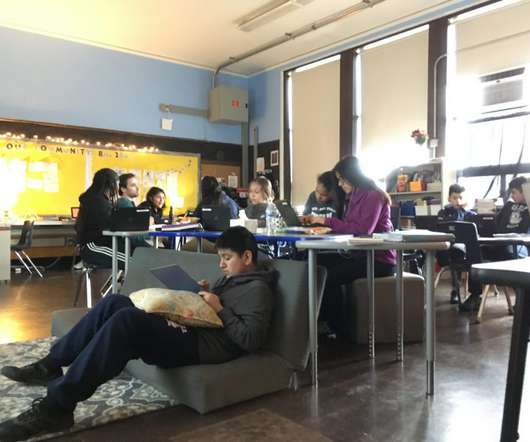6 Practical Blended Learning Examples
Educational Technology and Mobile Learning
DECEMBER 13, 2023
Welcome to the latest installment in our series on blended learning. In our previous posts, we’ve explored what blended learning is and delved into its strengths and weaknesses. We’ve also examined various models of blended learning.















Let's personalize your content